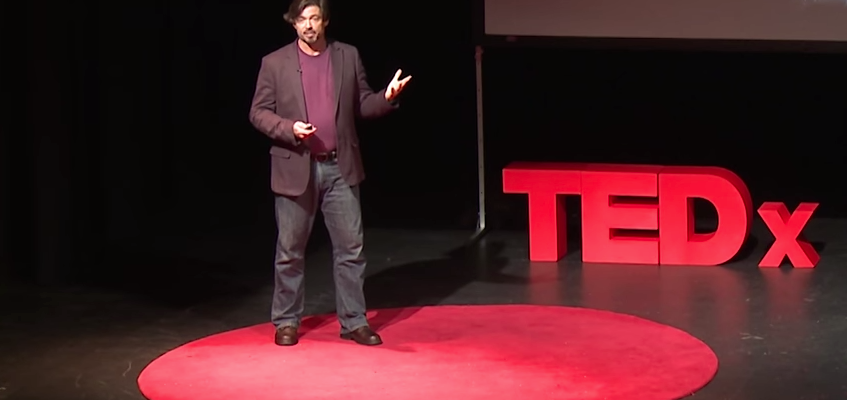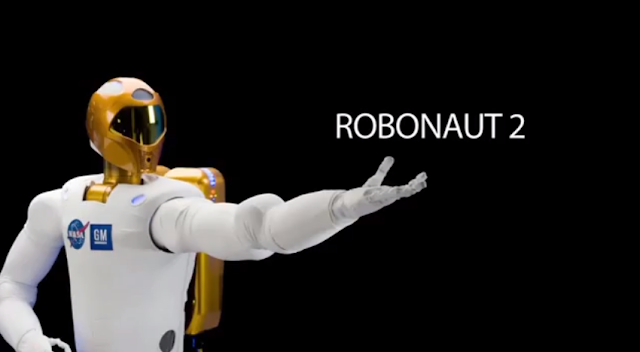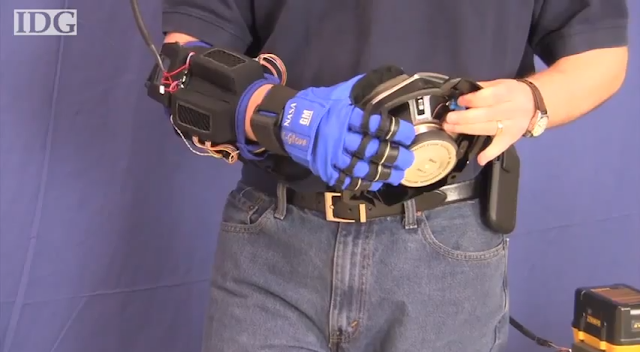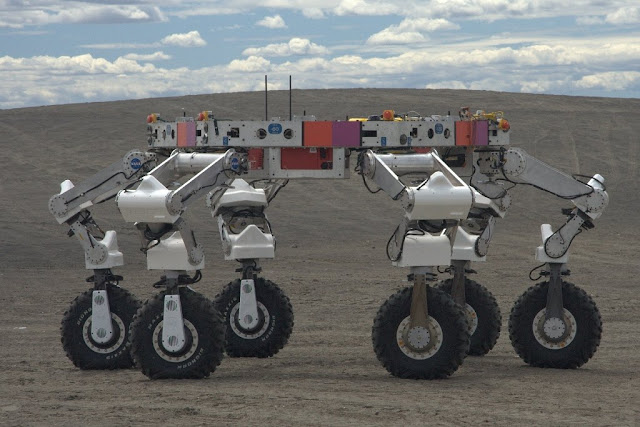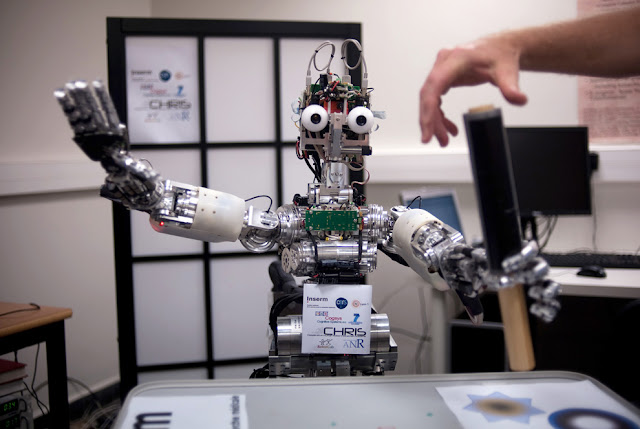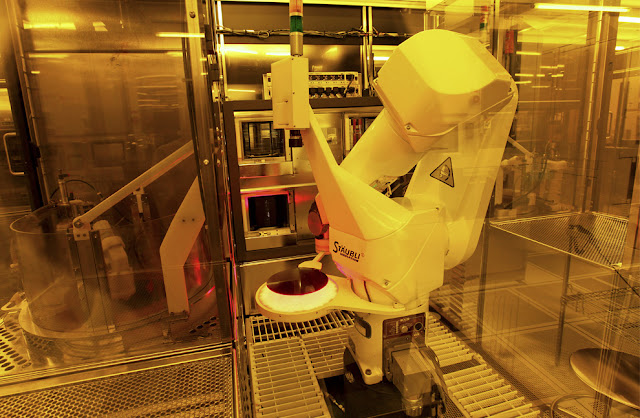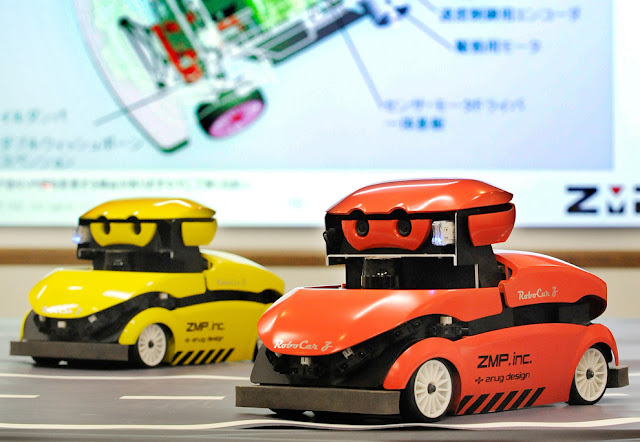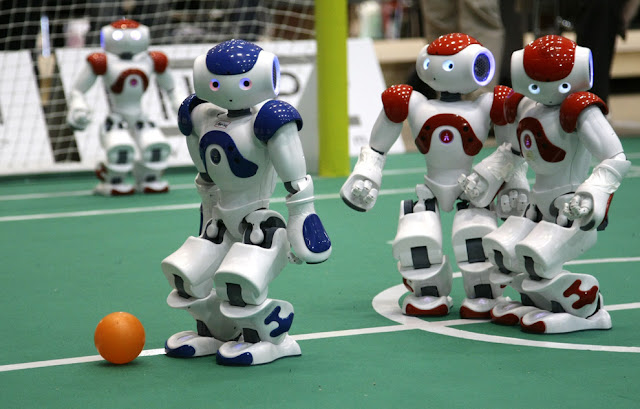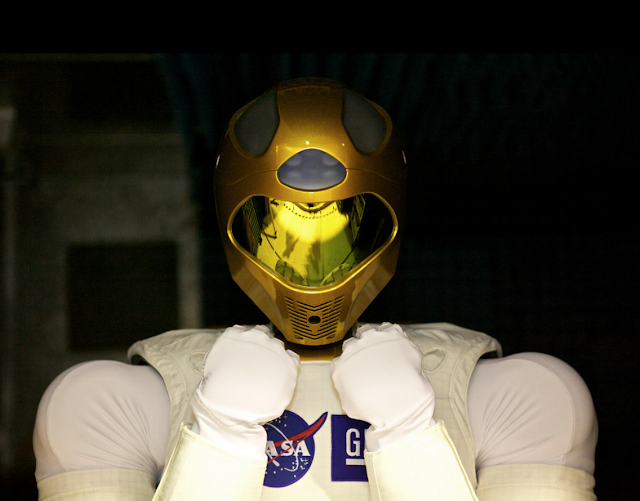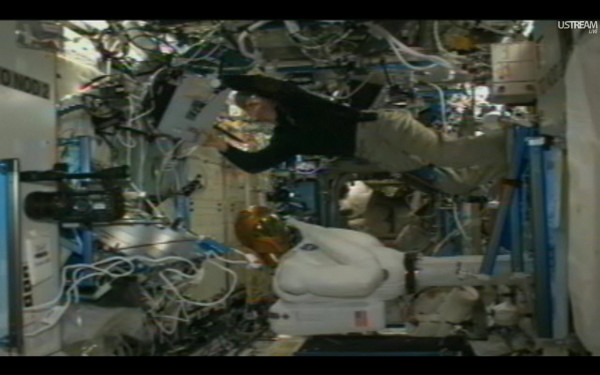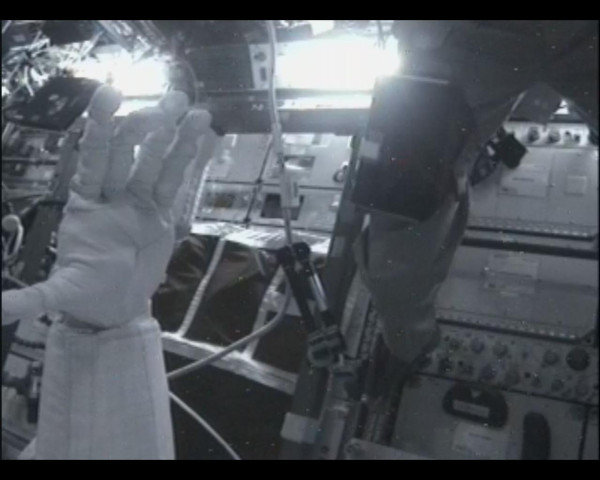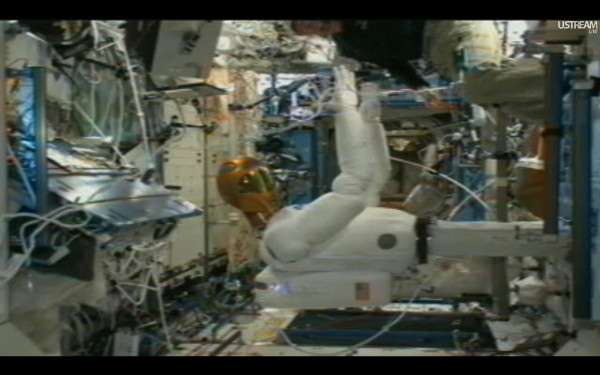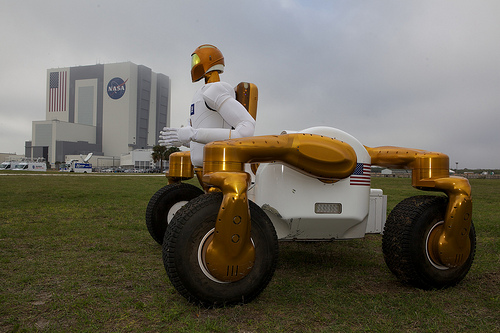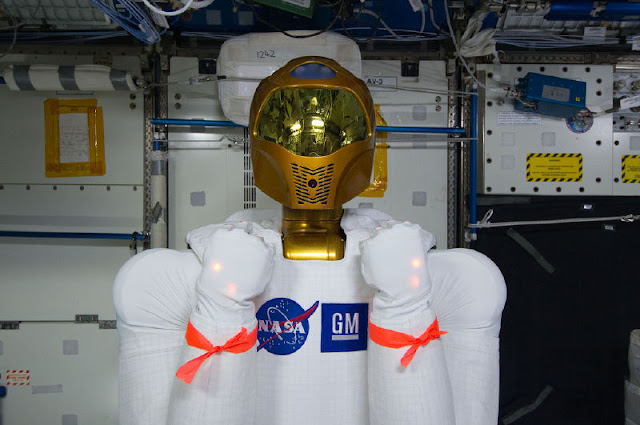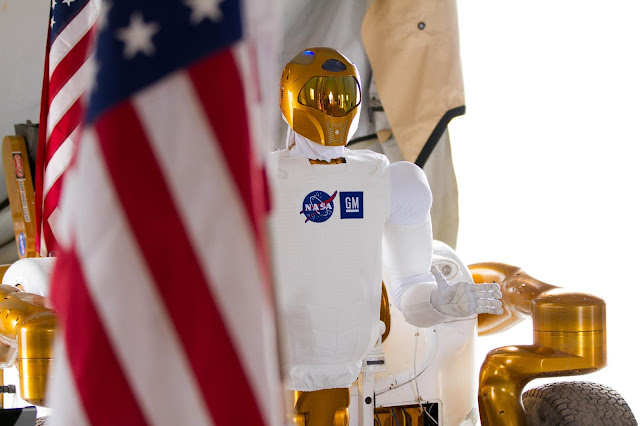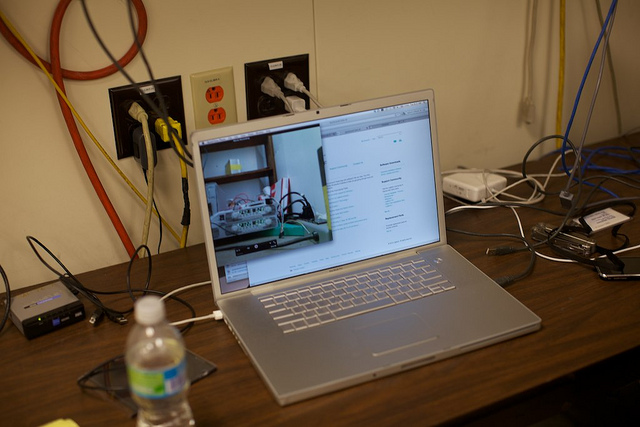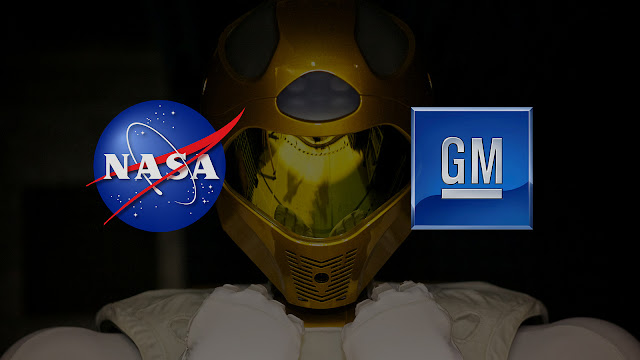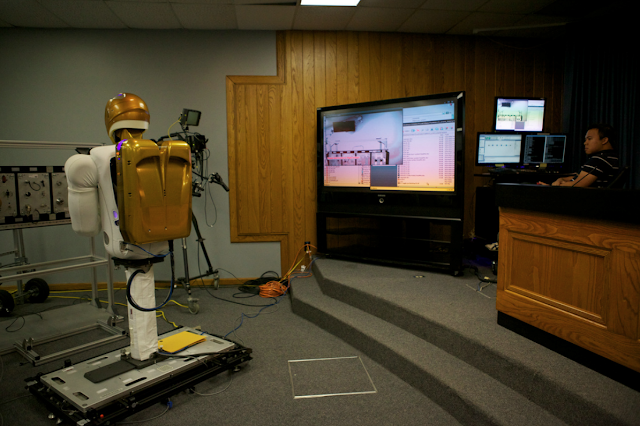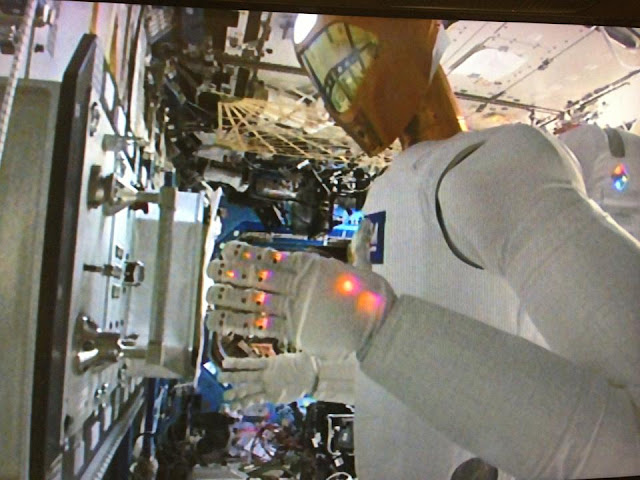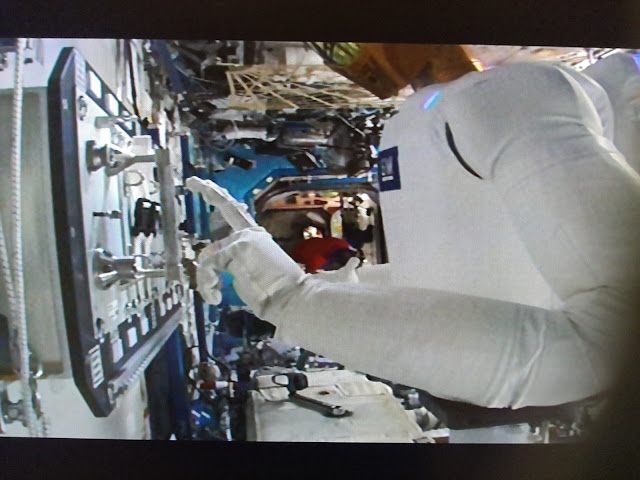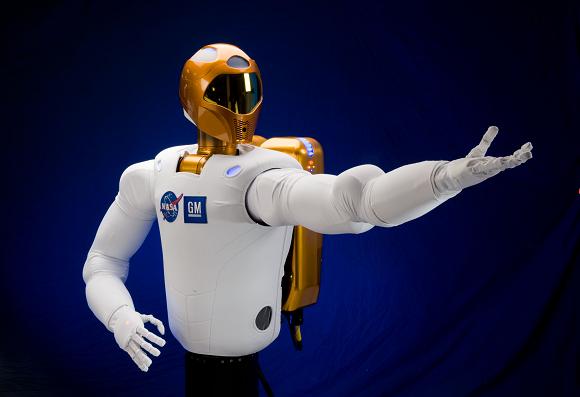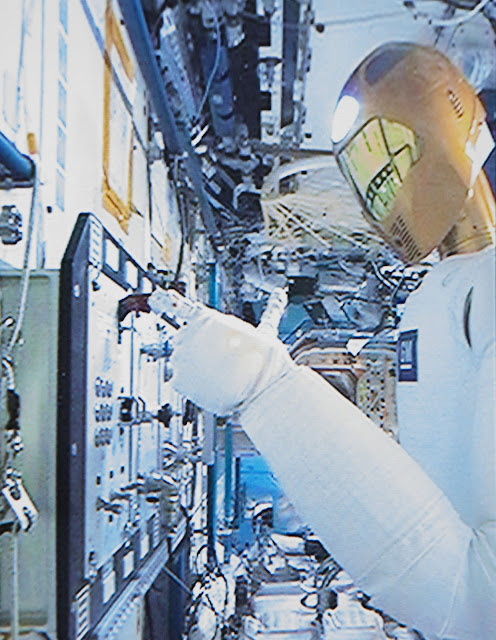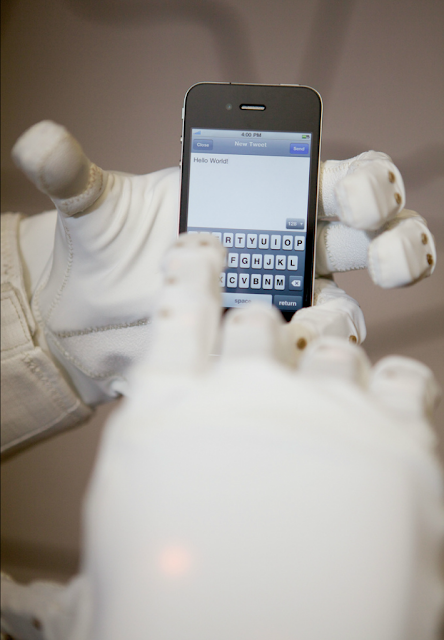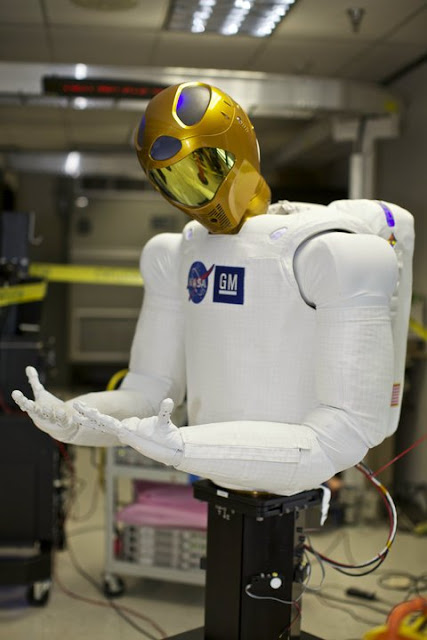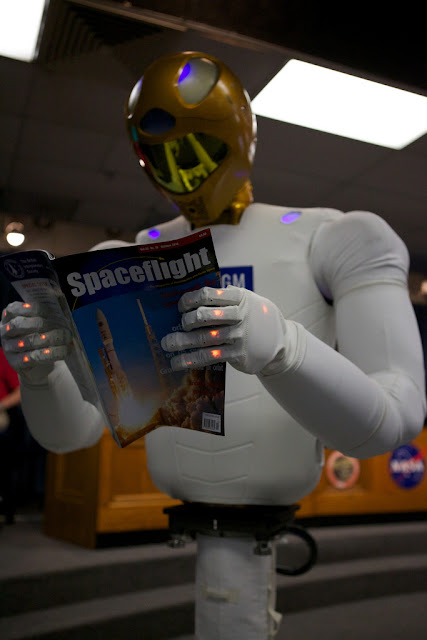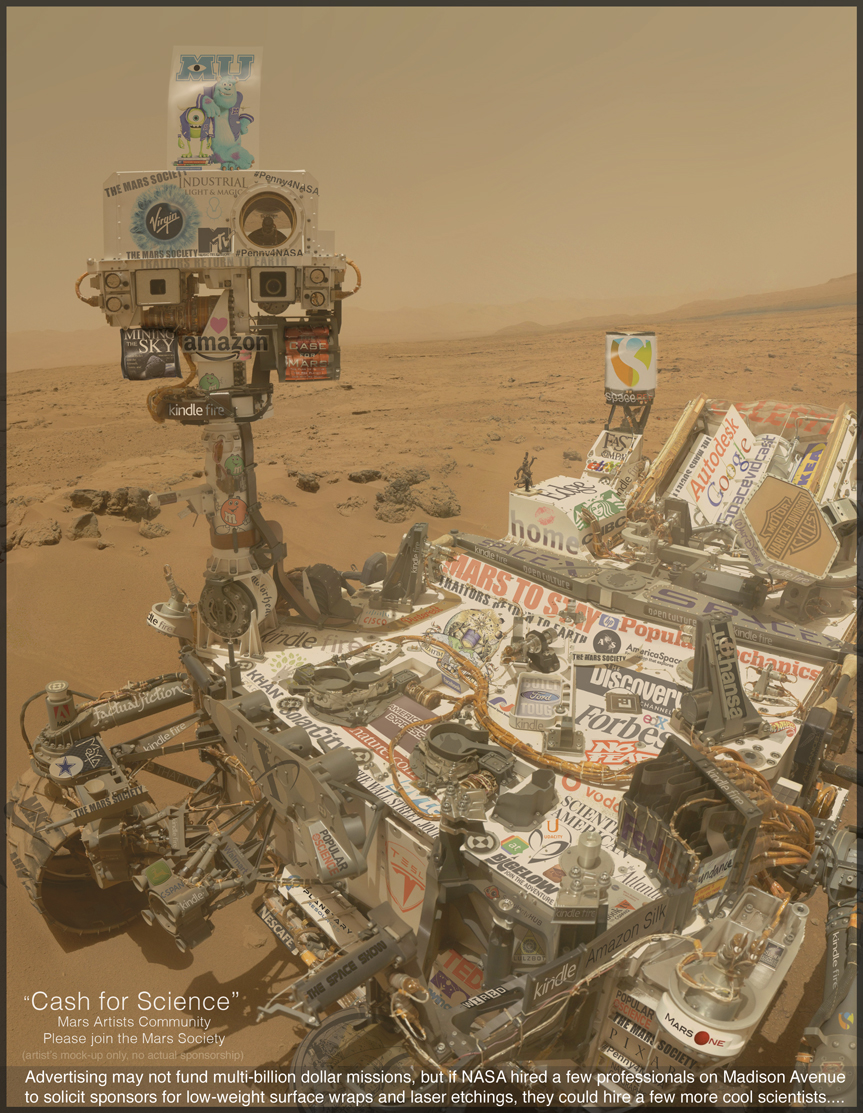Ice extracted from asteroids or lunar craters will not be competitive with fuel launched from Earth on reusable rockets costing fifty thousand dollars. This should concern us.
15 tons of high quality fuels trucked from sophisticated refineries in Houston then launched for $250,000 on Falcon 9s in Brownsvile will always outcompete expensive fuels cracked from water-ice extracted out of lunar craters using as of yet non-existent multi-billion dollar technologies. In fact, the ability to launch tons of fuels from Earth to LEO on reusable rockets may delay the development of in-space resource utilization for decades.
When Musk achieves reusable rockets, development of all near Earth resources may be delayed from any cislunar source – even unfortunately asteroids with their superior concentrations of ore and favorable zero g environment. This ironically however provides a reason for taxpayer support of asteroid retrieval: private/public research partnerships teleoperating on an asteroid in Earth orbit owned by all U.S. citizens (NASA) could jump-start technologies humanity will need to develop asteroids. Humanity needs access to asteroids long-term. Asteroids – not the moon – will fuel a billion-fold increase in our industrial base. Despite a huge disparity in initial cost-competition with launches from Earth, government subsidized R&D on asteroids placed in an elliptical orbit around Earth could advance for-profit Free World leadership of in-space resource utilization by decades.




